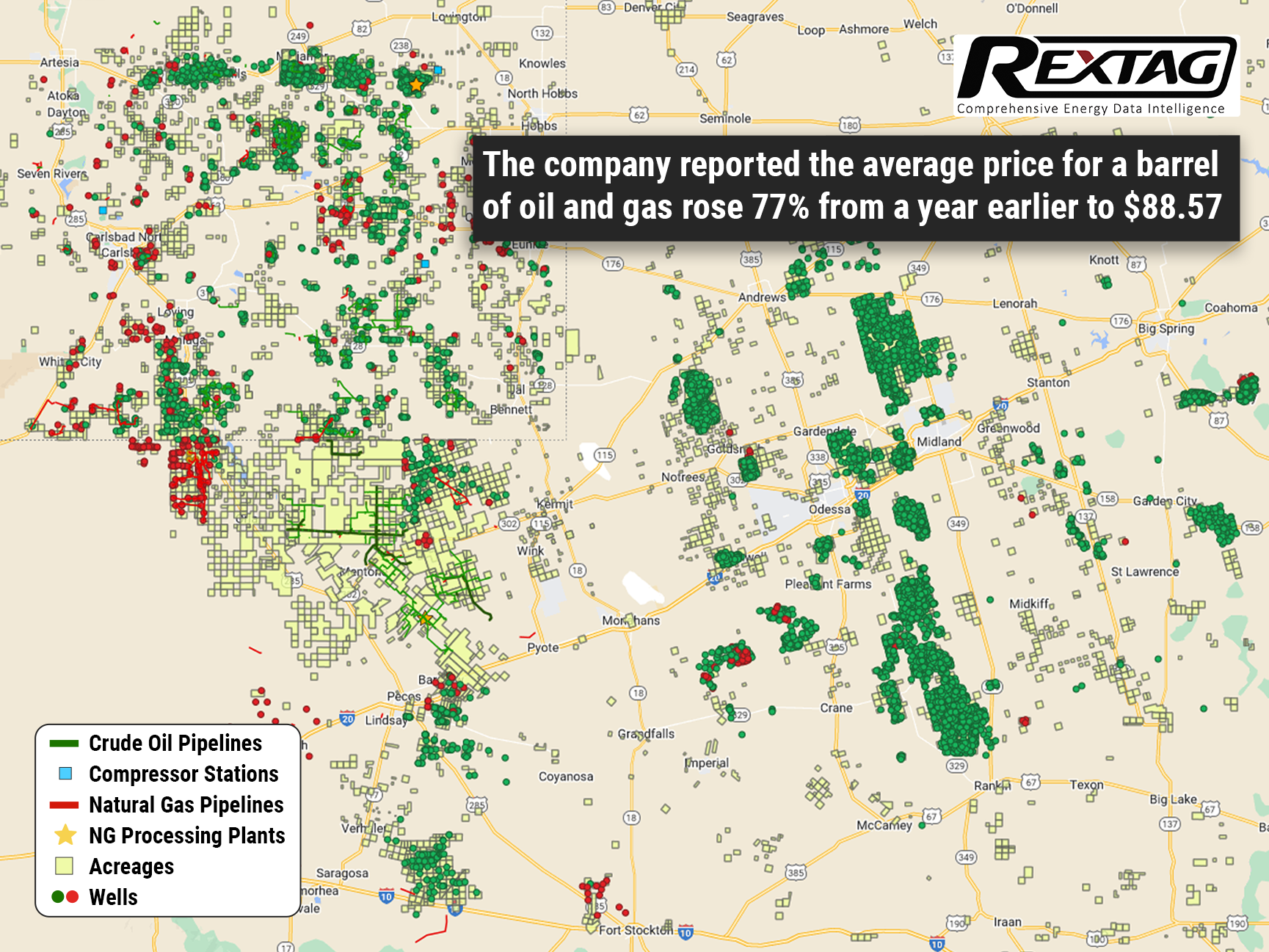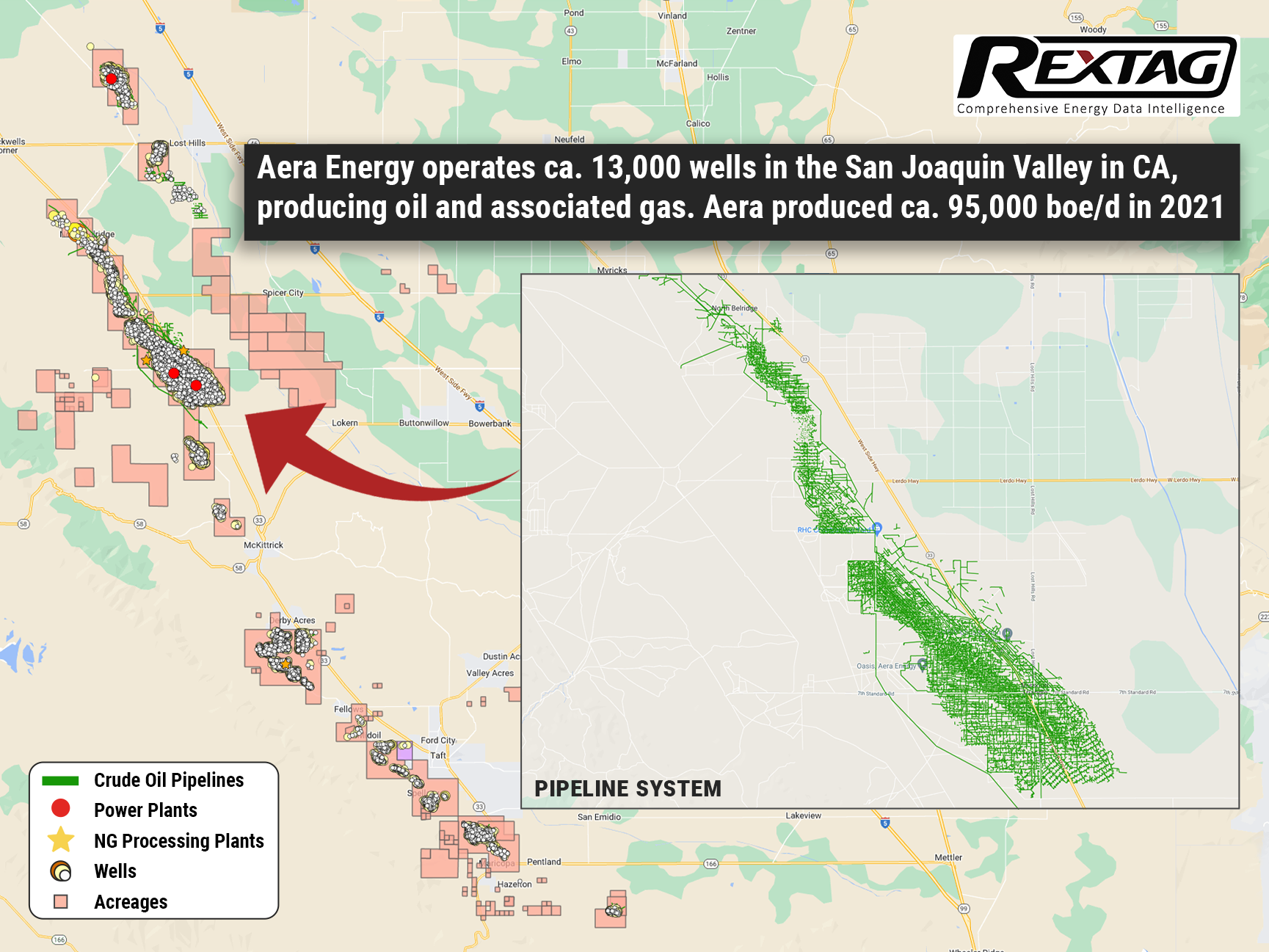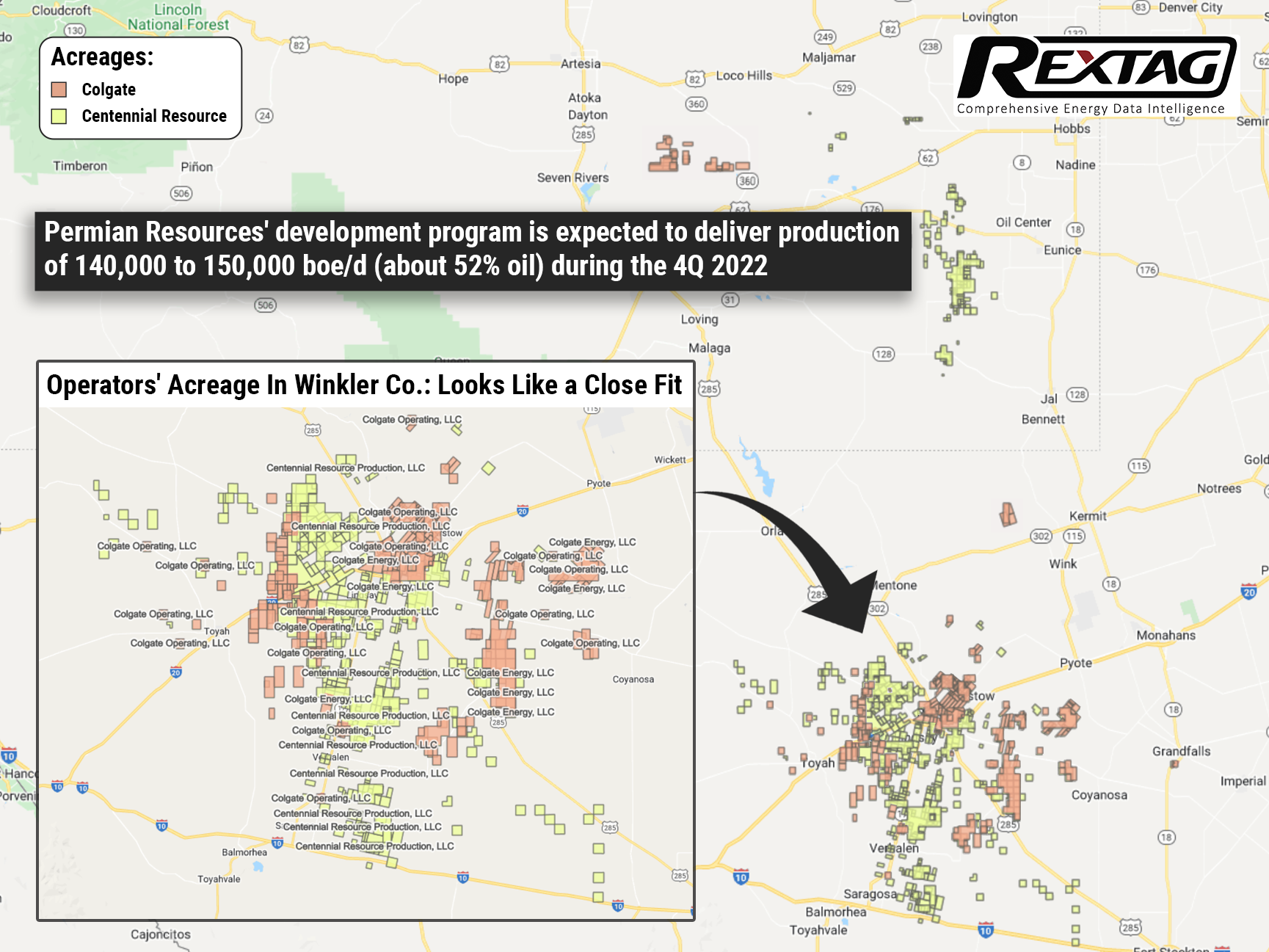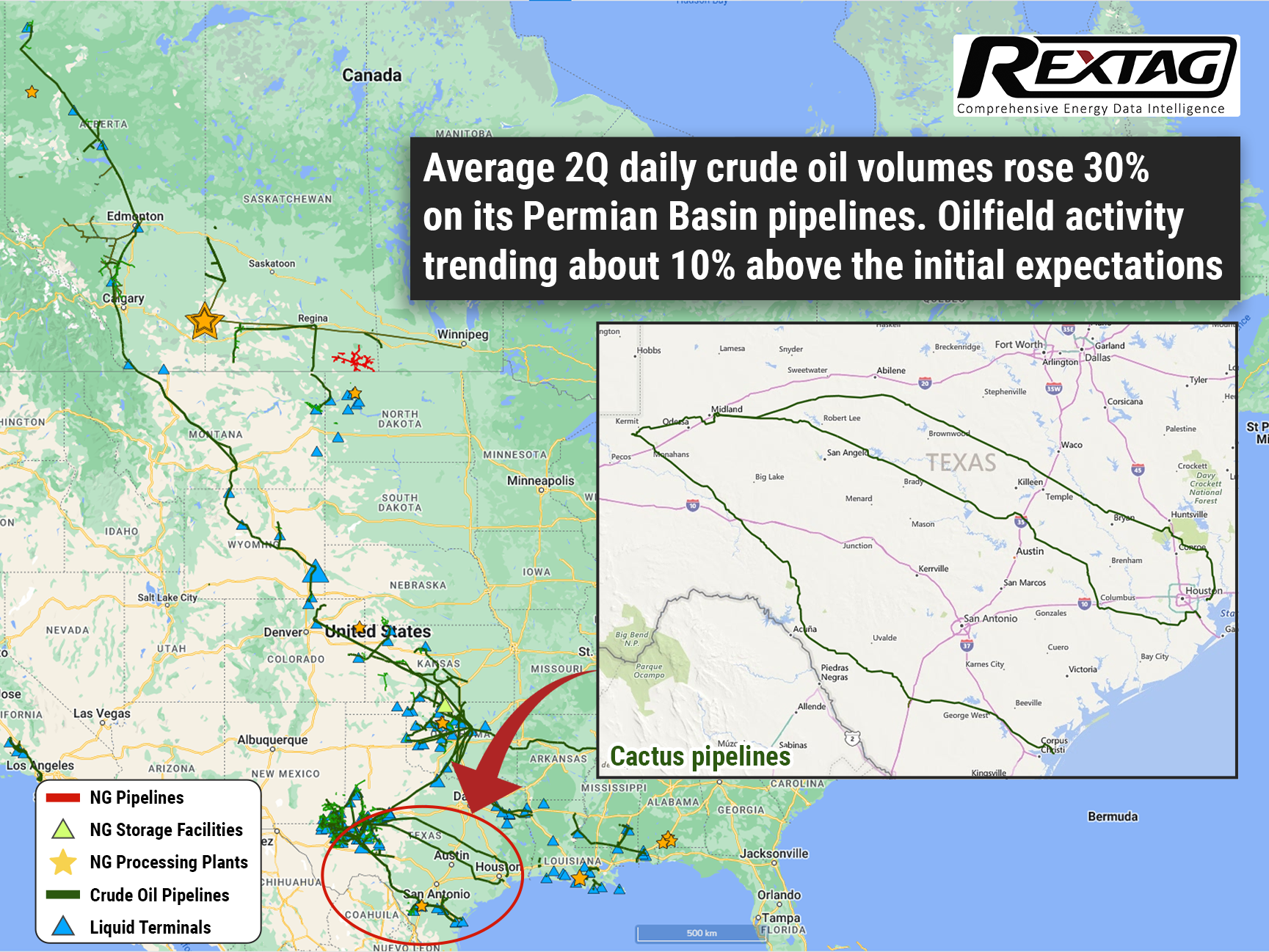Blog
Since days when shale oil and gas technologies were discovered, the U.S. energy industry has been evolving more rapidly than ever before. Many changes are amazing especially when you put them on an industry map. At Rextag not only do we keep you aware of major projects such as pipelines or LNG terminals placed in service. Even less significant news are still important to us, be it new wells drilled or processing plants put to regular maintenance.
Daily improvements often come unnoticed but you can still follow these together with us. Our main input is to “clip it” to the related map: map of crude oil refineries or that of natural gas compressor stations. Where do you get and follow your important industry news? Maybe you are subscribed to your favorite social media feeds or industry journals. Whatever your choice is, you are looking for the story. What happened? Who made it happen? WHY does this matter? (Remember, it is all about ‘What’s in It For Me’ (WIIFM) principle).
How Rextag blog helps? Here we are concerned with looking at things both CLOSELY and FROM A DISTANCE.
"Looking closely" means reflecting where exactly the object is located.
"From a distance" means helping you see a broader picture.
New power plant added in North-East? See exactly what kind of transmission lines approach it and where do they go. Are there other power plants around? GIS data do not come as a mere dot on a map. We collect so many additional data attributes: operator and owner records, physical parameters and production data. Sometimes you will be lucky to grab some specific area maps we share on our blog. Often, there is data behind it as well. Who are top midstream operators in Permian this year? What mileage falls to the share or Kinder Morgan in the San-Juan basin? Do you know? Do you want to know?
All right, then let us see WHERE things happen. Read this blog, capture the energy infrastructure mapped and stay aware with Rextag data!
$5 Billion Returns for ConocoPhillips’ Shareholders as Prices Grow
Shareholder’s payout target was increased by 50% after the largest U.S. independent oil producer surpassed Wall Street’s earnings estimates on growing energy prices, said Houston-based Conoco Phillips Co. on Aug. 4. Due to Western sanctions on major producer Russia throttling energy supply amid a rebound in demand from pandemic lows, oil and gas #prices have soared. Crude has been trading more than 25% higher since the start of the year and results also benefited from high natural gas prices. Meanwhile, shares were down a fraction, to $91.03, in early trading but are up about 26% year to date. Conoco Phillips stated, that the average price obtained for a barrel of oil and gas accelerated 77% from a year earlier to $88.57. The company acknowledges that it has not hedged any of its oil and gas sales to make the most of higher market prices. The capacity of 1.69 million boe/d was in line with Wall Street estimates, however, the company expected the current quarter’s output would be between 1.71 million and 1.76 million boe/d.
Aera Energy Sold to IKAV Exxon&Shell Divest of CA Crude Producer
California oil joint venture, Aera Energy, of Exxon Mobil Corp. and ShellPlc is being sold to German asset manager IKAV, according to the agreement of Sept. 1. Shell noted that the sale of its 51.8% membership interest in Aera Energy is for a total consideration of about $2 billion in cash with additional contingent payments based on future oil prices, subject to regulatory approval. However, the total transaction value was not disclosed. Being one of California’s largest oil and gas producers, Aera Energy accounts for nearly 25% of the state’s production. The sale by Exxon Mobil and Shell ends a 25-year-long partnership in California, meanwhile, it persists a streak of divestments of mature oil and gas properties by the two supermajors. Aera Energy LLC operates about 13,000 wells in the San Joaquin Valley in California, producing oil and associated gas. In 2021, Aera took out about 95,000 boe/d. Exxon Mobil’s interests in the Aera oil-production operation in California contained a 48.2% share of Aera Energy LLC and a 50% share of Aera Energy Services Co. held by Mobil California Exploration & Producing Co. Moreover, Exxon Mobil affiliates have signed a separate agreement for the sale of an associated loading facility and pipeline system. The sale effectively ends Shell’s upstream position in California. The company reported that the divestiture is valued to result in a post-tax impairment of $300 million to $400 million, subject to adjustments.
Centennial, Colgate Merger Is Completed on Sep.1
The completion of the merger between Centennial Resource Development Inc. and Colgate Energy Partners II LLC happened on Sept. 1, sealing the debut of Permian Resources Corp., which is considered the largest pure-play E&P company in the Delaware Basin. Permian Resources’ idea was to combine two successful E&P companies, creating a better, stronger, and more strategically compelling company. Centennial and Colgate announced an agreement to merge in May, denying rumors that Colgate, a privately held independent Midland-based company, had been seeking an IPO. The merger estimated Colgate at about $3.9 billion and consists of 269.3 million shares of Centennial stock, $525 million of cash, and the assumption of approximately $1.4 billion of Colgate’s outstanding net debt. Permian Resources, being the combined company, has a deep inventory of “high-quality” drilling locations on around 180,000 net acres the companies anticipate will provide more than $1 billion of free cash flow in 2023 at current strip prices, in accordance with the company release on Sept. 1.
Plains All American Expects 10% Increase in the Permian Oilfield Activity
On 3 August the pipeline operator Plains All American LP raised its 2022 profit forecast for the second time this year, as it expects a huge demand on its pipelines transporting U.S. shale oil to the Gulf Coast. The company increased full-year adjusted earnings guidance by $100 million to approximately $2.38 billion, since it anticipates higher crude and natural gas liquids volumes. European buyers have snapped up the U.S. light sweet crude, the largest part of which is delivered in the Permian Basin of West Texas and New Mexico, as they depend on replacing Russian barrels. Average daily crude oil volumes in the second quarter grew 30% on its Permian Basin pipelines with oilfield activity trending about 10% exceeding its initial expectations. Its shares increased 3.6% in after-hours trading on August 3 to $11.19.



